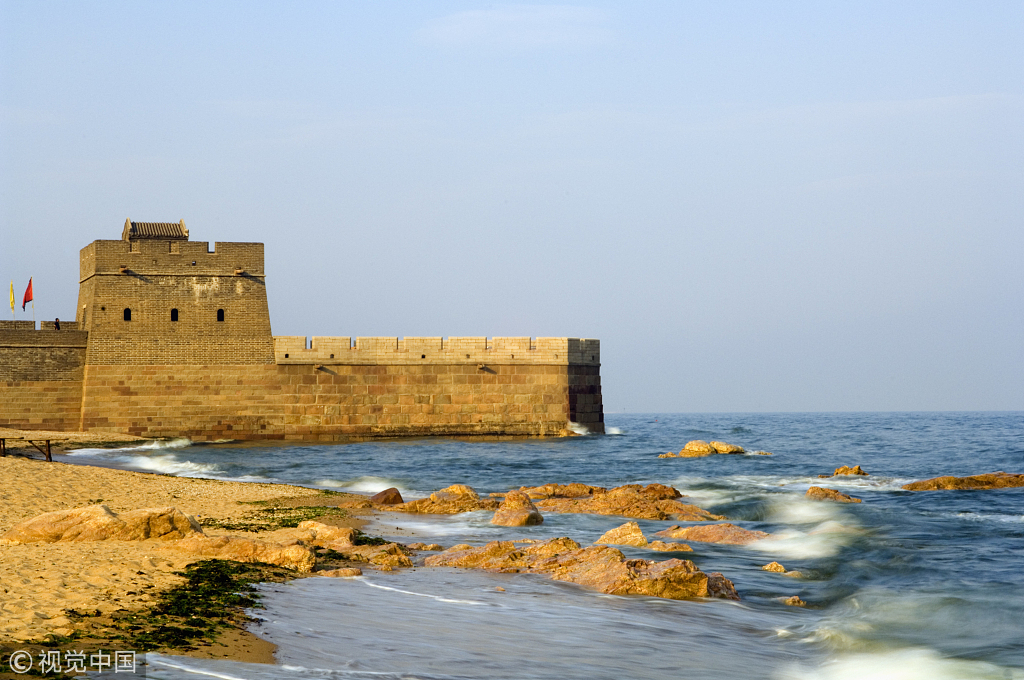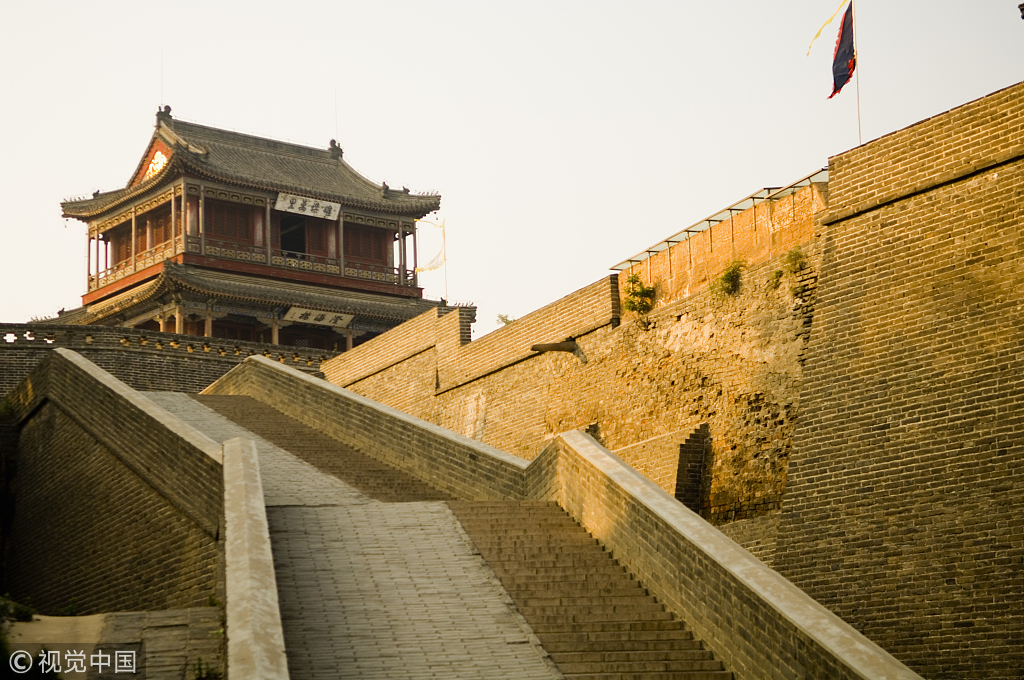Shanhai Pass and Jinshanling Great Wall

Shanhai Pass, dating to the Ming Dynasty (1368-1644), is one of the northeast passes of the Great Wall. Located 15 kilometers to the northeast of Qinhuangdao, north China's Hebei province, it was believed to be the eastern end of the Ming Great Wall until 1990, but archaeological discoveries established that the end was actually at today's Hushan, northeastern China's Liaoning province.
Balancing the Jiayu Pass thousands of miles away to the west, it is known as one of the three wonders of the Great Wall of China (the other two are the Jiayu Pass and the Zhenbeitai Fortress in the middle).

Built in 1381, the 14th year of the Hongwu reign in the Ming Dynasty, it was named Shanhai (mountain and sea) for its immediate vicinity to mountains and the Bohai Sea. The pass was built as a square about 4 kilometers in perimeter and surrounded by 14-meter high and 7-meter thick walls. Connecting the Great Wall and pierced with four main gates, it comprises multiple defense structures, including the battlement watchtower bearing the name First Pass under Heaven.

On March 4, 1961, the State Council designated Shanhai Pass as an integral part of the Great Wall and a cultural relic worthy of the foremost level of protection. In December 1987, the Great Wall was listed as a world cultural heritage site.

Jinshanling Great Wall
Built under the supervision of the patriotic general Qi Jiguang (1528-1588), who was commander-in-chief of the Ji Township from 1567 to 1586, the Jinshanling Great Wall lies on the offshoot of the Yanshan Mountain bordering Luanping county of Hebei and the Miyun district of Beijing. It connects the Simatai Great Wall in the east and the Gubeikou Great Wall in the west, and is located at the intersection of Beijing, Tianjin, Liaoning and Mongolia.

Stretching for 10.5 kilometers, the Jinshanling Great Wall intersects five passes, 67 watchtowers, and three beacon towers. Some of the architecture is unique to this special section of the Great Wall, namely the horse-prevention walls, the protective screens, the brick with carved inscriptions, the screen wall carved with a qilin beast, and the General Tower.
A well preserved historical site, the Jinshanling Great Wall is a favorite with photographers. It boasts a broad vision, dense watchtowers, distinctive landscape, exquisite architectural art, and a comprehensive military defense system.







